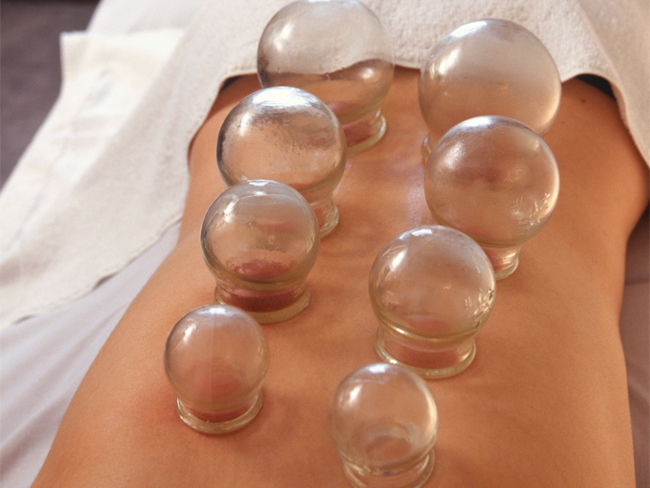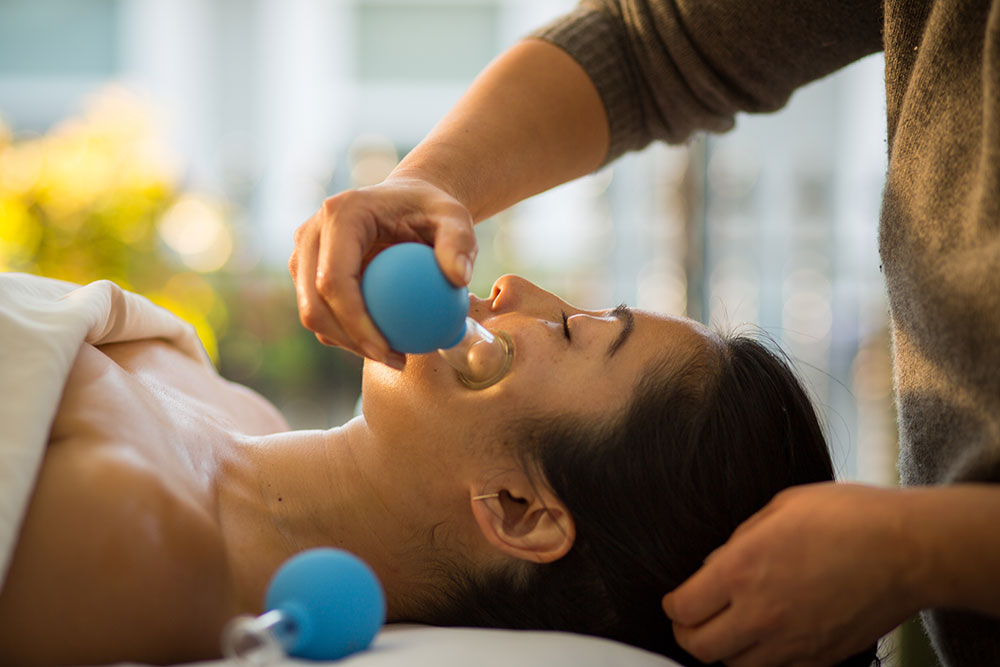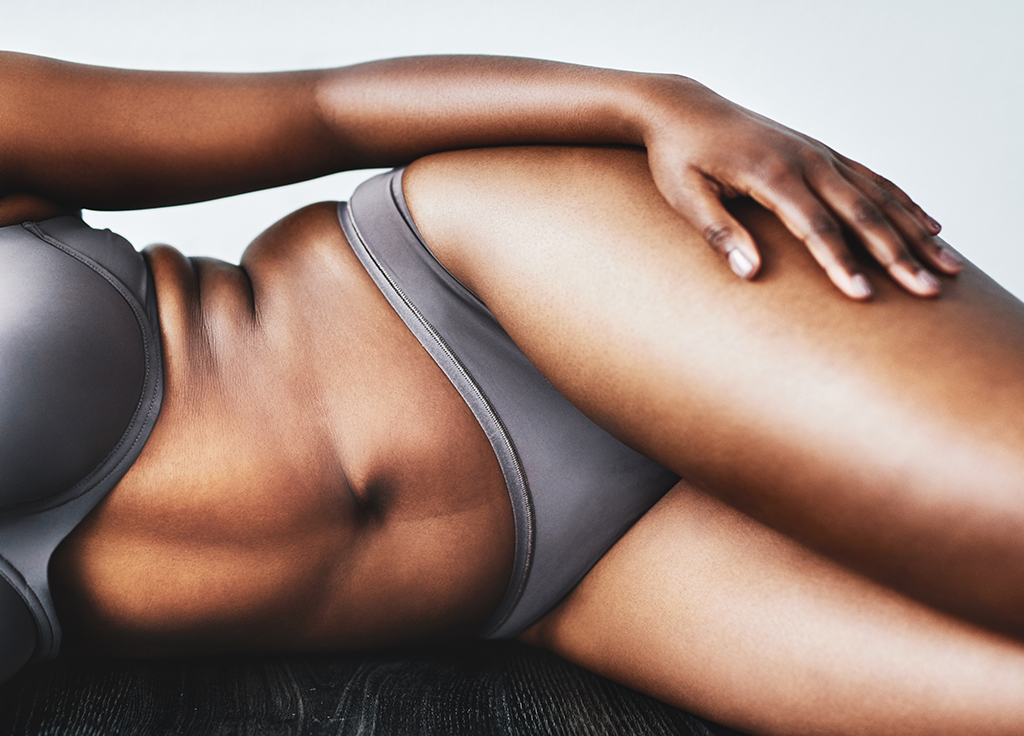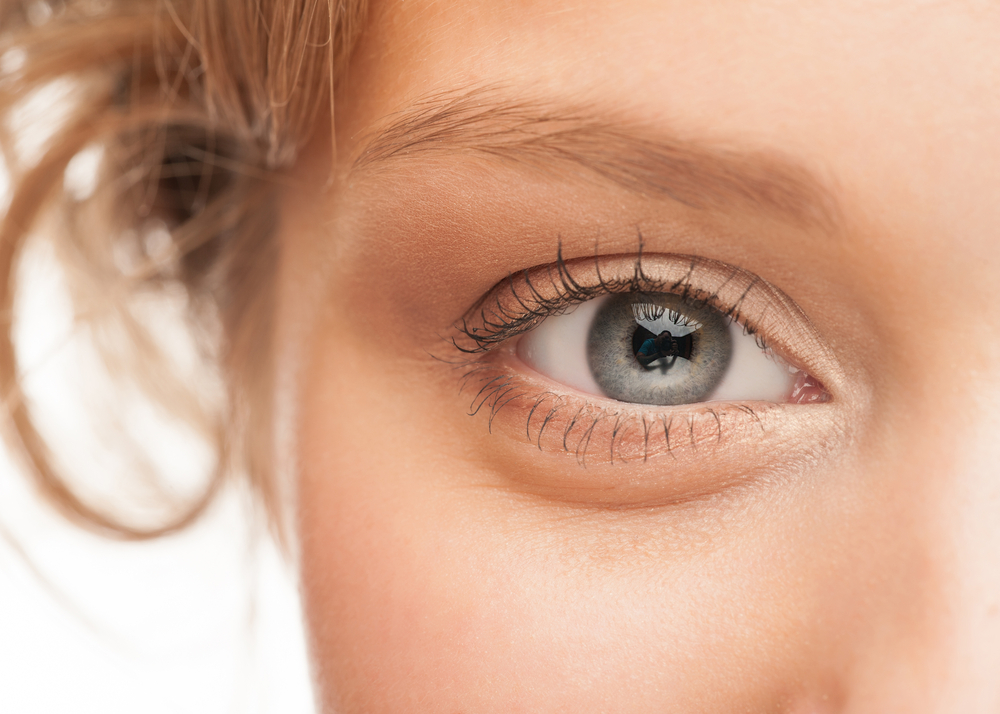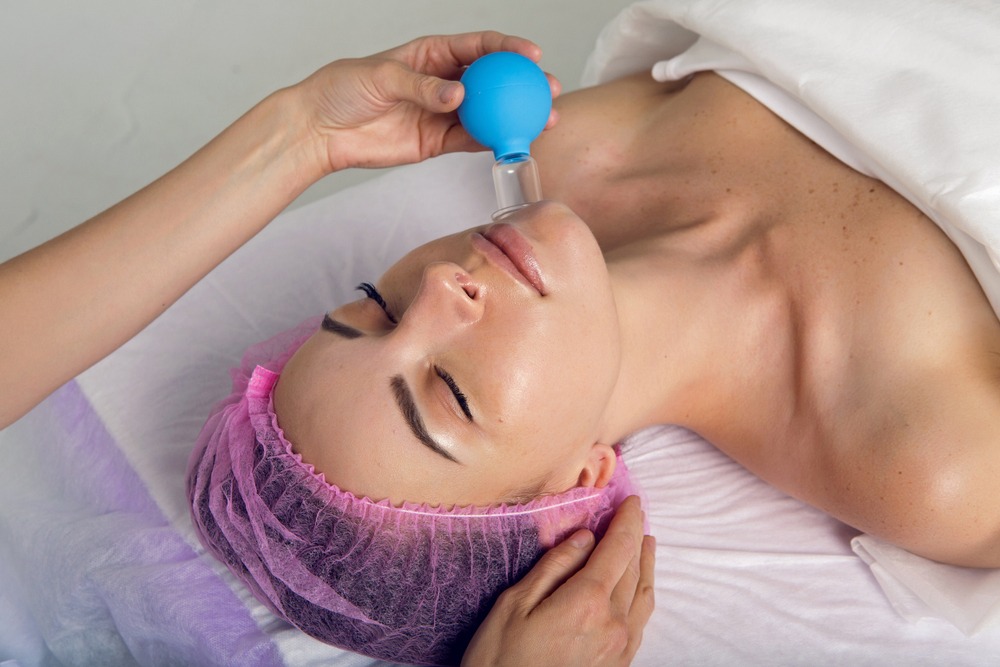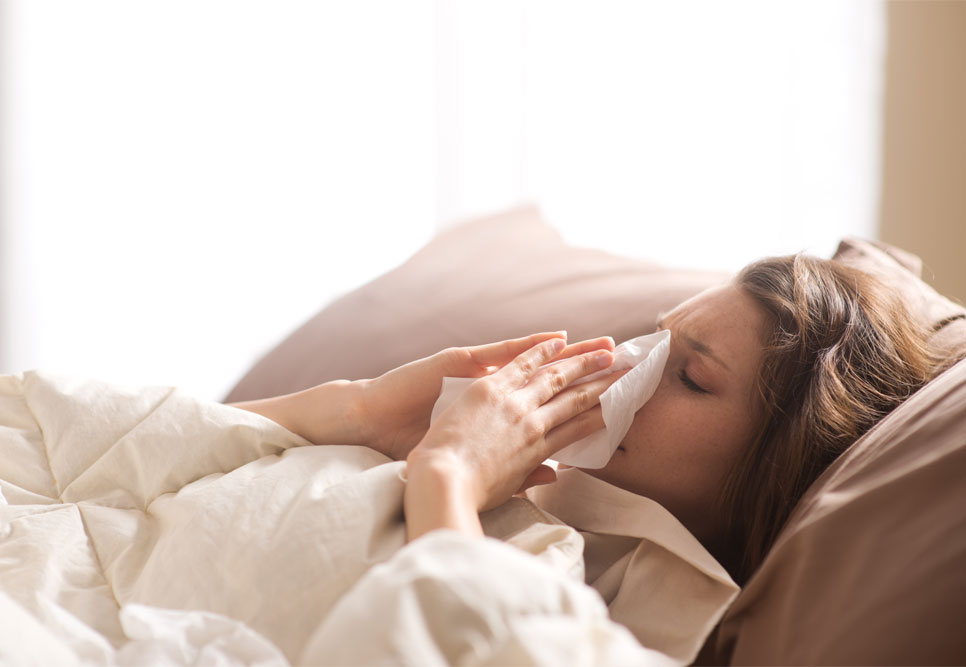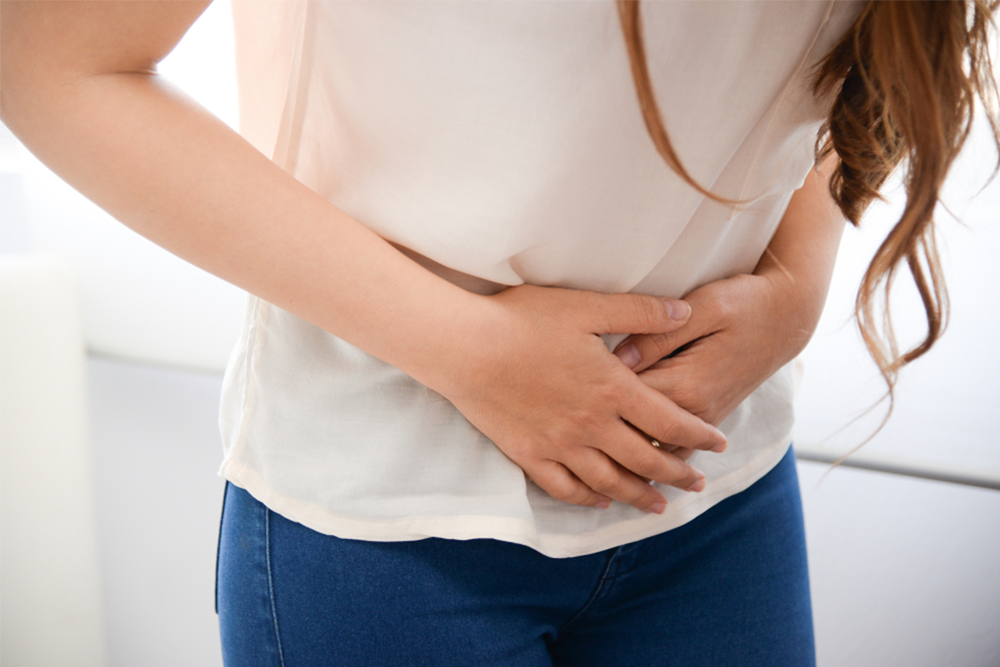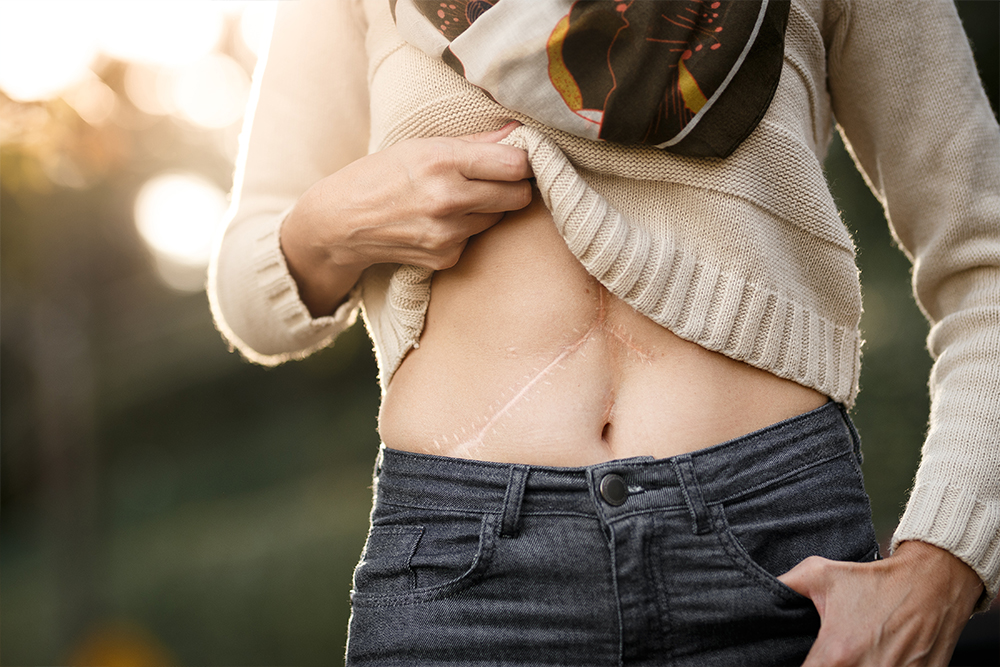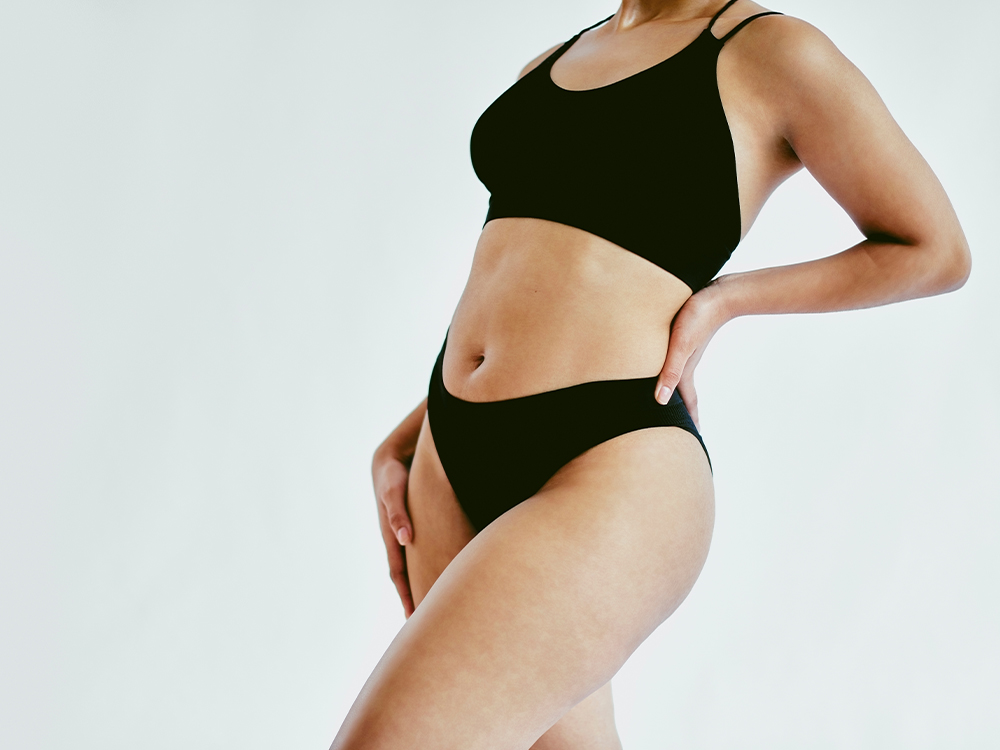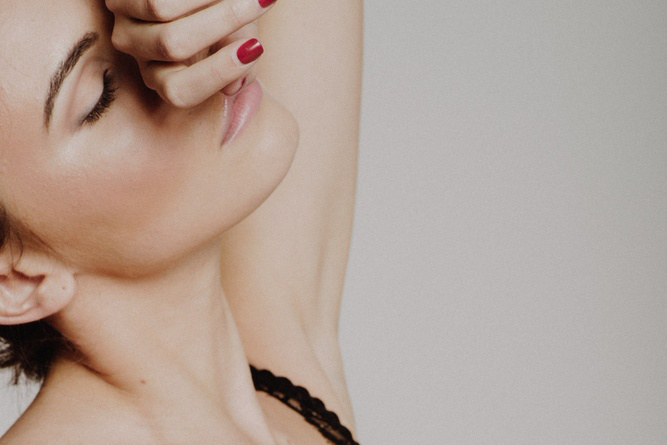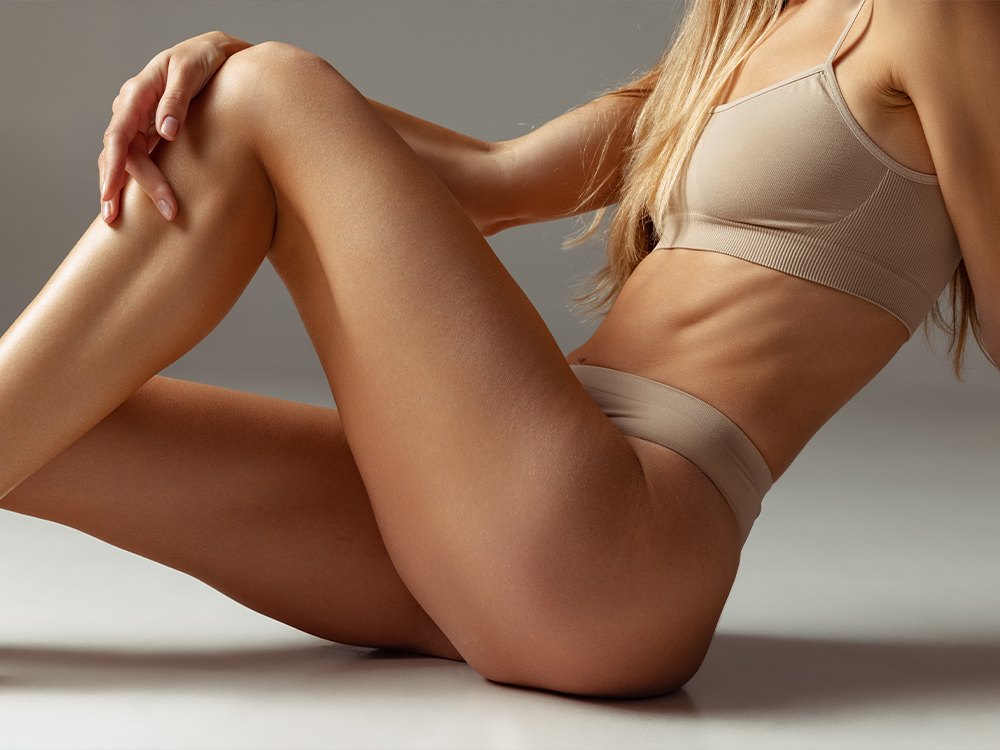We’ve all seen photos of large red circles dotting someone’s back as they swear it’s in the pursuit of wellness. Since cupping ostensibly seems uncomfortable, we had to investigate the benefits of this ancient practice. While cupping may cause swelling, soreness, slight pain and bruising, says chief of acupuncture at ORA Gabriel Sher, the healing properties, both physical and cosmetic, are well worth it. (He also notes that the suction sensation fades once the cups are removed.)
Cupping has been used in Traditional Chinese Medicine (TCM) for thousands of years to “decrease pain, reduce fevers and promote overall health by clearing stagnation from the body,” says Wilding cofounder and licensed acupuncturist Gianna De La Torre. Today, cupping is used to address a wide range of health conditions and cosmetic concerns. Cupping can be used as an add-on to acupuncture or as a stand-alone treatment, says founder of Moon Rabbit Acupuncture Gudrun Snyder DAc.
What is cupping?
Simply put, Dr. Snyder describes cupping as the reverse of a massage. “A massage pushes down on skin, muscle, and tissue while cupping pulls up,” explains Dr. Snyder. These cups stay in place for five to 15 minutes and often leave the signature cupping marks. De La Torre explains that, during this process, the suction pulls the skin away from the muscle layer.
The intention is to increase circulation and energy flow where the cups are applied and a suction formed, explains Sher. “The cups isolate blood through this suction. This then de-oxygenates unhealthy or stagnant blood which usually shows up as chronic pain or muscle tension,” says Sher. “Once the cups are removed, the body sends new and fresh red blood cells to regenerate these areas.”
This gentle suction, also known as negative pressure, “stimulates blood flow and promotes new blood vessel formation. This creates a micro-trauma in the skin, triggering an inflammatory response (similar to microneedling),” says acupuncturist and founder of The Facial Cupping Expert Sakina Di Pace. “The skin reacts by making collagen to heal itself by plumping and filling out, strengthening skin and tissue. The negative pressure also releases fascia adhesions of multiple layers of the skin. This results in a better lymphatic and energy flow and releases muscular tension.”
How did cupping begin?
Cupping has been around for ages. De La Torre says the practice originated in China during the Ming Dynasty around 1500 BC. Over the years, “It has been used both as a type of family folk medicine as well as in clinical practice by licensed acupuncturists and in Chinese-style bodywork,” says De La Torre.
According to Dr. Snyder, “Traditional cupping methods made use of fire to create a vacuum inside of a rounded vessel. Today we use vacuum cupping with suction on either glass, plastic or silicone cups.” Dr. Snyder notes that the practice has historically been used “for anything from upper respiratory infections, a crick in the neck, back pain and even detox.”
Who is a good candidate for cupping?
Experts say cupping is generally considered safe and beneficial for most people. Lead healer at WTHN Laura Sniper, DAc, suggests that “If you have any underlying health conditions, please speak to your medical provider or acupuncturist first to help address any specific concerns.” Dr. Snyder says those weakened by chemotherapy, illness or malnutrition may not be suitable candidates as the practice can move a great deal of fluids. She notes that because of this, anyone going to a cupping appointment should arrive hydrated and having had a small meal.
Sher does not advise “using cups on areas where there is broken skin, rashes or other types of skin abrasions.” Dr. Snyder says those with open wounds or skin infections should wait until the skin is healed to try cupping. “Additionally, if you are extremely hairy, the cups may not suction sufficiently. So you may want to consider hair removal in those areas,” says Dr. Snyder.
Find a Doctor
Find a NewBeauty “Top Beauty Doctor” Near you

